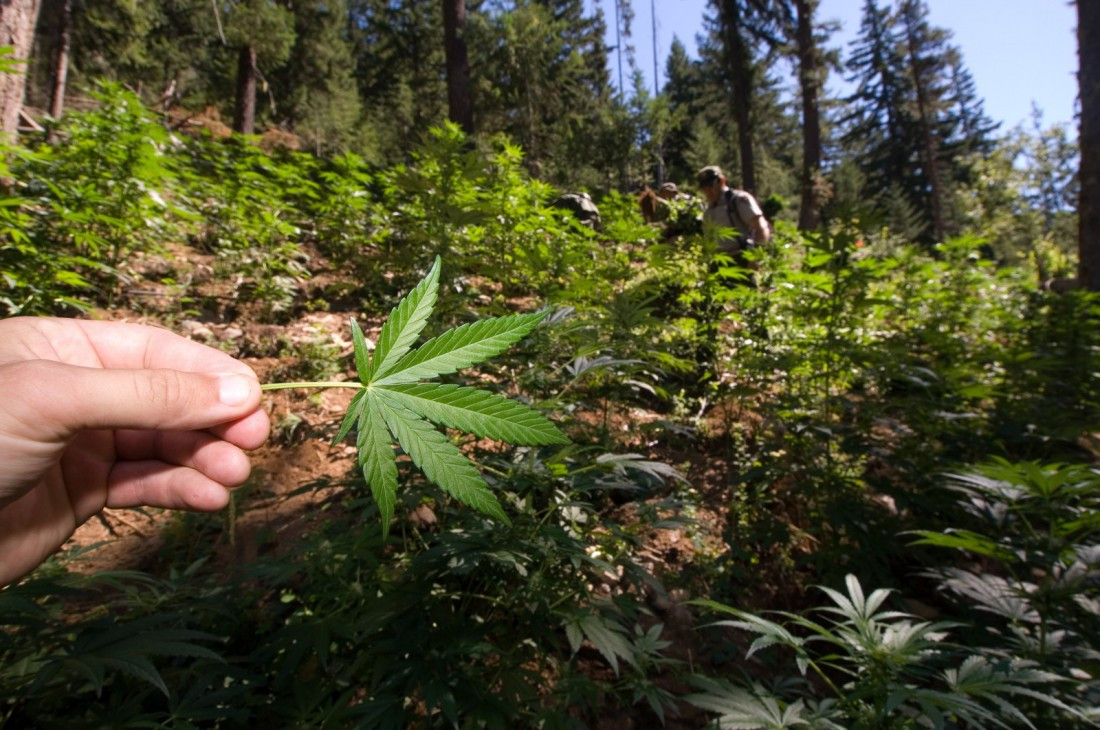The first days of legal marijuana in the United States
Critiquing the critics
Colorado’s first official day of legal marijuana commerce has passed with great aplomb. The Internet is ablaze with photos of jubilant twenty-somethings posing with their newly acquired “product.” A close-up of a receipt, itemizing the details of a purchase. A proud shop-owner, overseeing a transaction. Business is good.
Into the smoky tumult stepped New York Times columnist David Brooks, with his woefully narcissistic article, “Weed: Been There. Done That.” Brooks argues that marijuana use prevents people from reaching their potential in life. He and his friends “graduated to more satisfying pleasures.” Participation in Sport! Romance! Science! Art! Culture!
Ugh. Can you imagine a greater satire of disconnect than a middle-aged, upper-crust New York journalist fulminating on what those darned kids should or shouldn’t be doing with their time, because it prevents them from being more like him?
Brooks argues that we shy away from “talk on the moral status of drug use,” because no one wants to be seen as judgemental, and that legalization is tantamount to endorsement. This is an unsophisticated argument which ignores context. Do you know what else prevents people from “going somewhere, becoming better at something, learning more about something, overcoming difficulty and experiencing a sense of satisfaction and accomplishment?” Being in jail.
Nicole Flatow from thinkprogress.org wrote a response highlighting some sad stats from the American justice system. She states that in the United States, police make more arrests for marijuana than for violent crime. “Marijuana arrests are low hanging fruit,” Flatow writes, “But if cops weren’t allowed to spend that time arresting folks for marijuana, they would have to spend that time doing something else.”
With stats from the American Civil Liberties Union, she also points out that black people in the United States are four times more likely to be arrested for marijuana offences than white people, despite a roughly identical reported usage rate (14% vs 12%).
Marijuana use is not without problems, particularly in regard to adolescent mental health and development. As described by Kate Allen in the Toronto Star, the Le Dain report was an epic study on marijuana use commissioned by Pierre Trudeau in 1972. The commissioners were a bevy of high-level academics, headed by Gerald Le Dain, a future Supreme Court justice. After reviewing all available scientific evidence, the report stated marijuana “has, in all probability, a harmful effect on the maturing process.” Still, they found no evidence linking it to violence. They concluded that the harms of criminalizing marijuana outweighed the harms of use.
Brooks is not wrong in saying that healthy societies need good citizens. His statement that good citizens emerge from engaging with the “highest pleasures, like enjoying the arts and being in nature,” is an assertion; only tenuously connected to his previous arguments.
As with alcohol, one hopes that parents, peers and communities can do their best to curtail use by adolescents through modelling and support. There are organizations and systems to help manage substance abuse for adults. Punitive laws which disproportionately affect marginalized groups are not an effective answer.
The step of legalization taken by Colorado and Washington might do more to keep marijuana out of the hands of young people who are the most likely to be harmed by its effects, and it could greatly reduce an unnecessary burden on the justice system. I look forward to seeing the results.
Fabian Suarez-Amaya believes in evidence-based policy making, maaaaaan. He is a student at the University of Winnipeg.
Published in Volume 68, Number 15 of The Uniter (January 8, 2014)








